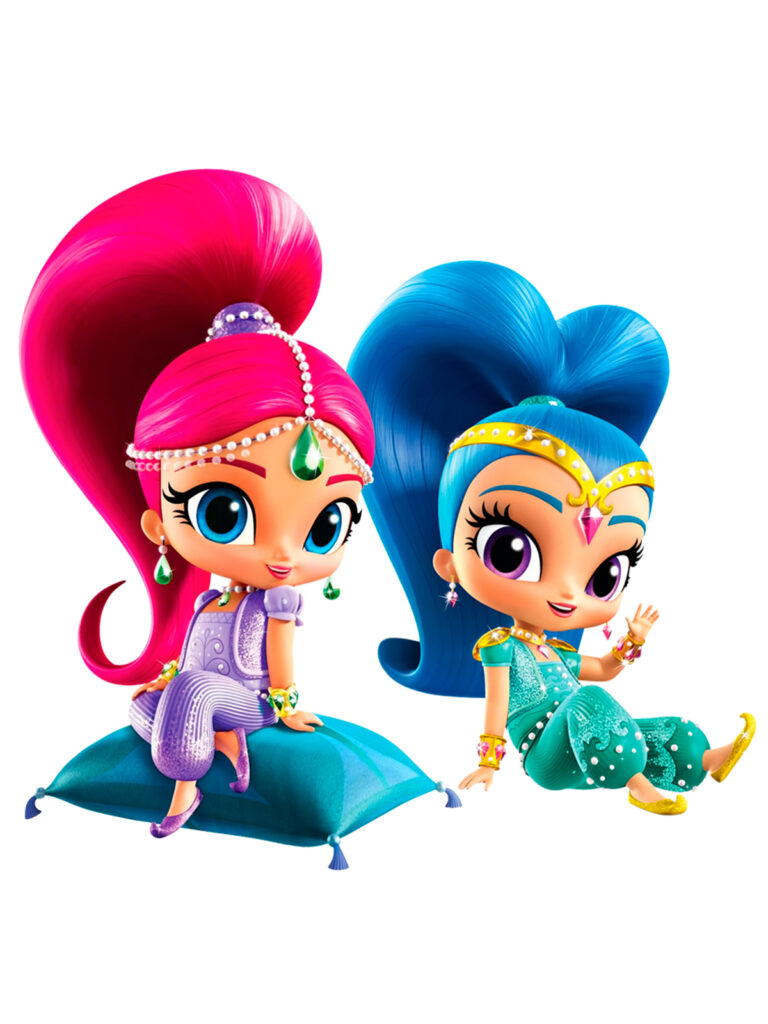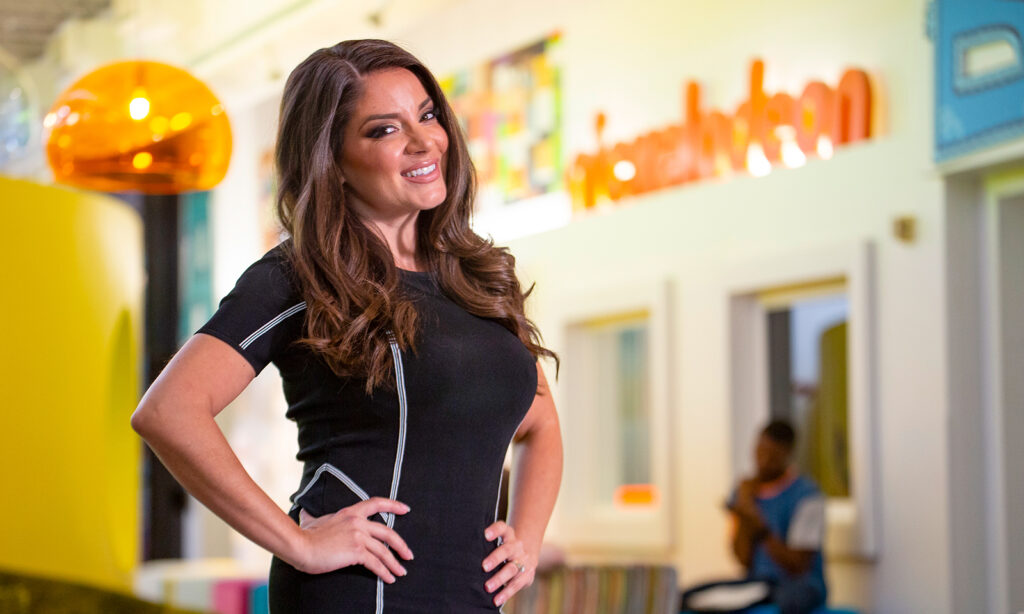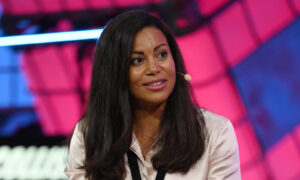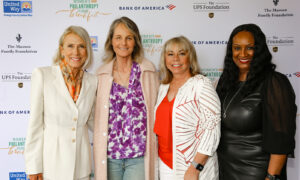As a teen, Farnaz Esnaashari covered her bedroom walls in Northwood with Disney cartoon figures with fanciful 3D touches. Her Minnie Mouse had long, fake eyelashes, and a cat in a scene from “Pinocchio” wore a vest made of felt.
Luckily, her parents indulged her, because Esnaashari was honing the skills that would later pave her path to success as producer of the popular Nickelodeon cartoon series “Shimmer and Shine,” and, more recently, as author of two picture books.

Esnaashari fell in love with animation after watching the movie “Toy Story” as a student at Irvine High. “I started crying because it was the most beautiful thing I’d ever seen,” she says. “I just wanted to learn how to do that.”
She credits Irvine schools, with their exceptional support for the arts, for nurturing her ambition.
“There were so many opportunities to try new things,” she says, recalling how, in particular, her since-retired high school art teacher, Janis Schulenburg, “saw something in me and gave me faith in myself.”
Esnaashari went on to take art classes at Irvine Valley College before transferring to Cal State Fullerton’s College of the Arts. That led to an internship at Nickelodeon, and over the next decade, she rose through the ranks at the company’s animation studio in Burbank, working on shows for preschoolers, including “My Life as a Teenage Robot,” “Dora the Explorer” and “Go, Diego, Go!”
She began pitching ideas for her own shows during her first maternity leave in 2009. After several failed attempts, she had a hit with “Shimmer and Shine,” a story about twin genies and their human friend. It ran for five seasons, striking a chord with many preschoolers and their parents.
Celebrating mistakes
“Shimmer and Shine” is infused with Esnaashari’s philosophy that it’s OK for kids to make mistakes. Throughout the first season, the genies celebrate their small failures as they try to grant wishes.
“Celebrating mistakes may sound counterintuitive, but we actually think it’s a great lesson for kids,” said an early review by bloggers Amber and Andy Ankowski. “If kids don’t mind making mistakes, they’ll be more willing to try new things – and to persist even when things get hard.”
Being a mother has helped inspire her work (see sidebar), Esnaashari says, including her two books, published by Simon & Schuster. Her first, “Little Leo,” published in 2020, features a lion cub and his mother, who encourages her baby to learn how to leap. She wrote it after helping her son as he struggled with learning how to read.
“Babajoon’s Treasure,” published last March, pulls themes from Esnaashari’s own childhood as a first-generation Iranian blessed with a loving relationship with her grandfather. “Clever, magical, inspirational,” wrote one Amazon reviewer.
Esnaashari, who now lives in Santa Clarita, says she misses Irvine and would still be living here if it weren’t so far from the studios. “It feels so safe – and like home.”
Farnaz’s strategies for unlocking her creativity
To nurture her imagination to create worlds, characters and magic, Farnaz Esnaashari says she eats right, gets enough sleep and exercises because “when I feel healthy on the inside, it gives me the space I need mentally to have fun!” Here are some other strategies she uses to unlock her creativity.
1. The mother of invention. My children, Shaya and Samira, have given me lots of ideas for my work. They were toddlers when I developed the TV series, and I named two characters after them.
2. Walkabouts. It always helps to go on a hike. I put on some light music to drown out the world and set my mind to the creative obstacle I want to tackle.
3. The right notes. I also often play music while I’m writing. Nothing with lyrics – unless they are a different language so I don’t get stuck on the words. Just something that has the same energy and tone as the world I’m building.
4. Story hour. I’m often inspired by going back to the movies and TV shows that I loved growing up – they’re what made me want to tell my own stories.
5. Play time. Being goofy and hanging out with my kids always puts a smile on my face and sparks my creativity.









